Located in the small Cotswold village of Winchcombe near the city of Cheltenham in south west England, Sudeley Castle was built on the site of an earlier castle by Ralph Boteler, Baron Sudeley, using money he had 'earned' fighting in Europe in the Hundred Years' War. He built quarters for servants and men at arms on the double courtyard that was surrounded by a moat and added state and family apartments on the second courtyard. The Chapel, which would later become St. Mary's, and the Tithe Barn (for the collection of taxes) were also built by Boteler.
In 1469, Edward IV of England confiscated the castle from Boteler and gave it to his brother, the Duke of Gloucester, who later became Richard III of England. Richard would use the castle as a base for the Battle of Tewkesbury during the English Wars of the Roses in 1471.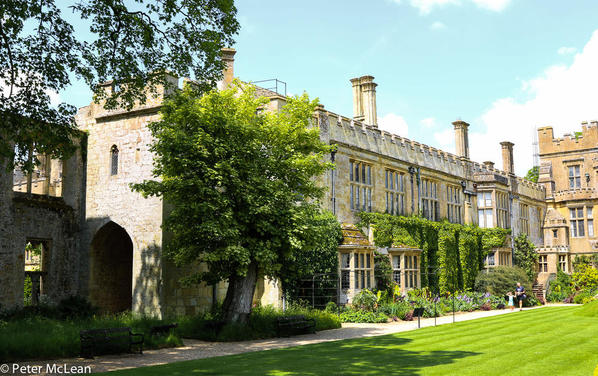
After Richard III's death at the Battle of Bosworth in 1485, it passed to the new king, Henry VII. By the time his successor Henry VIII (infamous for his six wives) followed him in 1509, the castle was the property of the Crown and in 1535, Henry VIII visited the castle with his second wife Anne Boleyn whom he subsequently executed in May 1536 following the loss of another child during pregnancy and Henry's attraction to Jane Seymour to whom he was married 10 days later.
Between the main house (castle) and St. Mary's church (below) in the grounds of the castle are the extensive Queen's Gardens bounded today by tall yew hedges.
On the outside of the church are spectacular decorative gargoyles many of which also serve to channel rainwater away from the building.
Inside the beautiful church are more echos of the castle's past. Beautiful stained glass windows celebrate Queen Elizabeth I (who feasted for 3 days here following the defeat of the Spanish Armada in August 1588), King Edward VI, Lady Jane Grey and Catherine Parr who was King Henry VIII's sixth and final wife who survived him.
Catherine Parr moved to Sudeley Castle for the final months of her pregnancy in late 1547 to give birth to her daughter on 30 August 1548 only to die on 5 September of that year. Catherine was buried in the Chapel and her elegant tomb is today in the knave of St. Mary's (below).
Slices of British history also adorn the walls of this small church such as the memorial to Lord Ranksborough from a much later period, below, that attest to his involvement in so many of the historic campaigns of the later years.
A particular delight for me to find is this very old door lock on one of the entrances to St. Mary's. Fascinating period work.
Newly displayed in castle since March 2014 are accurate reproductions of the period costumes worn by the six queens of King Henry VIII, below are the costumes of his first 3 Queens (from left) - Catherine of Aragon, Anne Boleyn and Jane Seymour.
Catherine Parr's bedroom, below, overlooking St. Mary's church has also been refurbished with it's beautiful stained glass windows.
Also restored is the "Queen's Privy" (toilet) described as being one of the most opulent in the whole of Tudor England where the Queen was waited upon by Lady Pembroke described as "chief lady and groom of the stool" (responsible for wiping the Queen's bottom).
Later, King Charles I found refuge here during the English Civil War, when his nephew Prince Rupert established headquarters at the Castle. The castle was eventually taken by Parliament's New Model Army in 1644 after a concerted attack. Following this the strict Parliamentarian Oliver Cromwell decreed that it should be ‘slighted’ (making it undefendable) after which Sudeley lay neglected and derelict for nearly 200 years. The 'slighting' destroyed much of the castle leaving only open walls but windows and fireplaces without corresponding rooms, roofs or floors.
A rusted iron fire grate back from 1588 lies in the ruins, below.
The Tithe Barn (where tenant's taxes were paid) lies virtually destroyed but still splendid in it's proportions.
In 1837 Sudeley was rescued by the wealthy Worcester glove-makers, brothers John and William Dent, who began an ambitious restoration programme which was continued by their nephew, John Coucher Dent, when he inherited the Castle in 1855. His wife, Emma Brocklehurst, threw herself enthusiastically into Sudeley’s restoration, at the same time forging strong links with the nearby town of Winchcombe. It is the results of Emma’s dedication that are so evident in the gardens and exhibitions at Sudeley today.
Sudeley is now the home of Lady Ashcombe and the Dent-Brocklehursts. The family are committed to the continued preservation of the Castle and its treasures and the ongoing restoration and regeneration of the gardens.
Below, and also exhibited at Suedeley, are the bed covers made for France's Queen Marie Antoinette, wife of King Louis XVI, both of whom were beheaded in the French Revolution of January 1793.
And a final 'Royal Flourish' still to be seen today in the castle grounds.


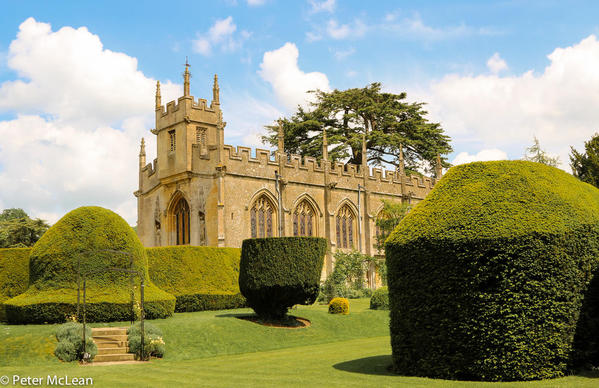
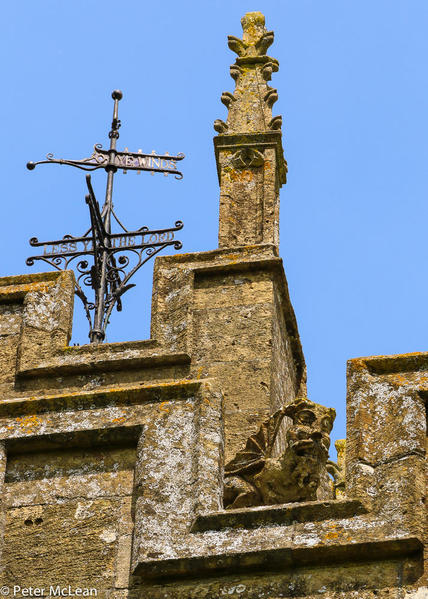

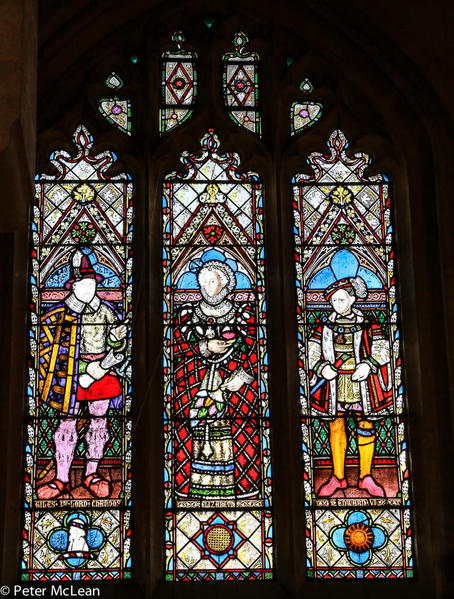

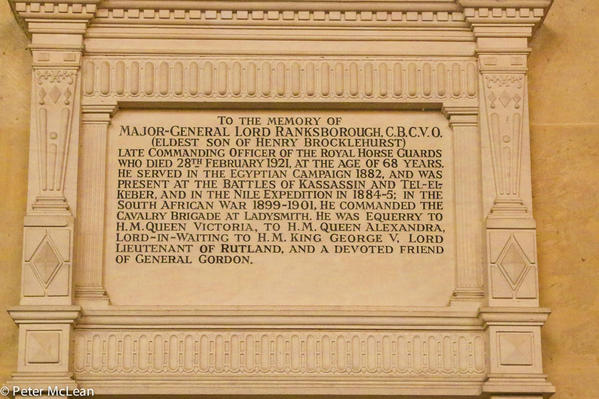
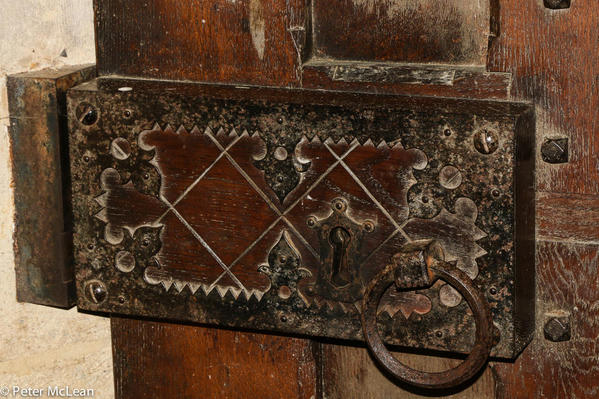
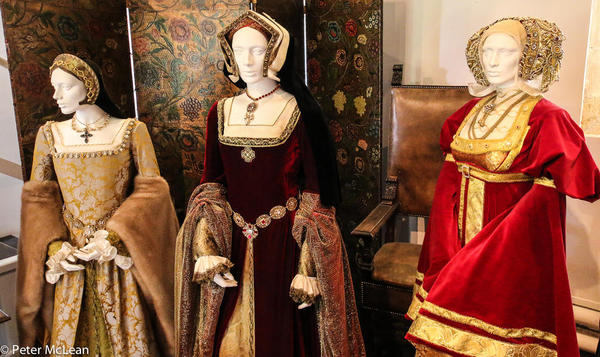
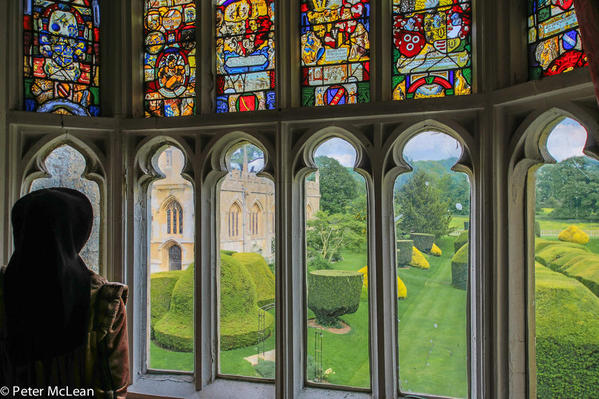

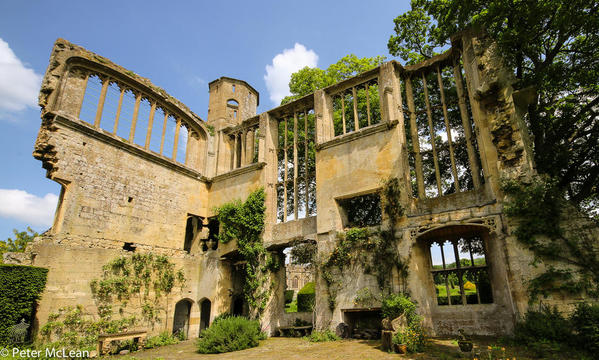
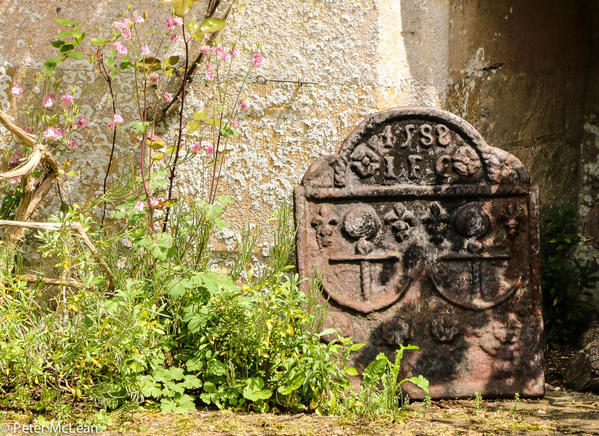
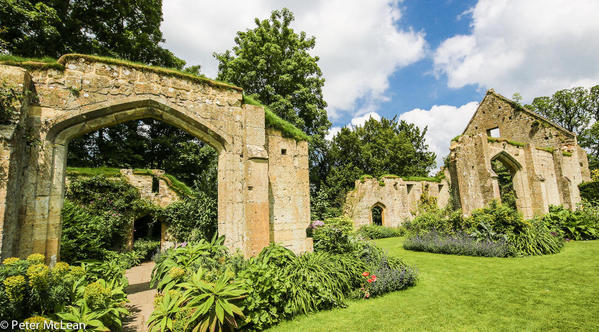

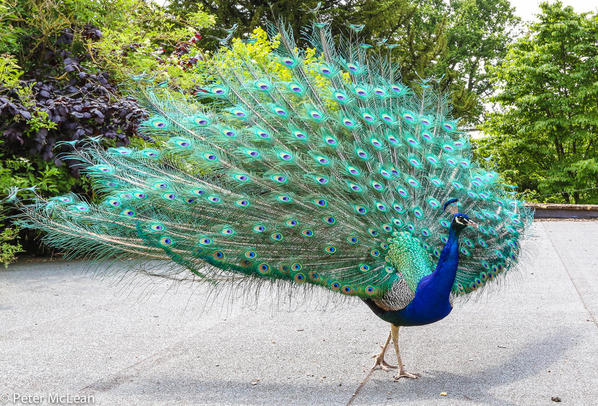
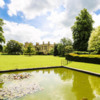
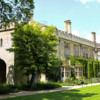

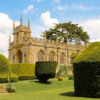
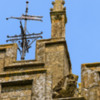
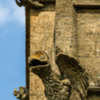
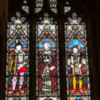

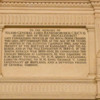
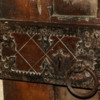
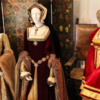
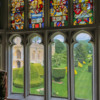

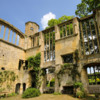

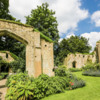
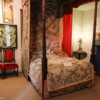

Comments (4)